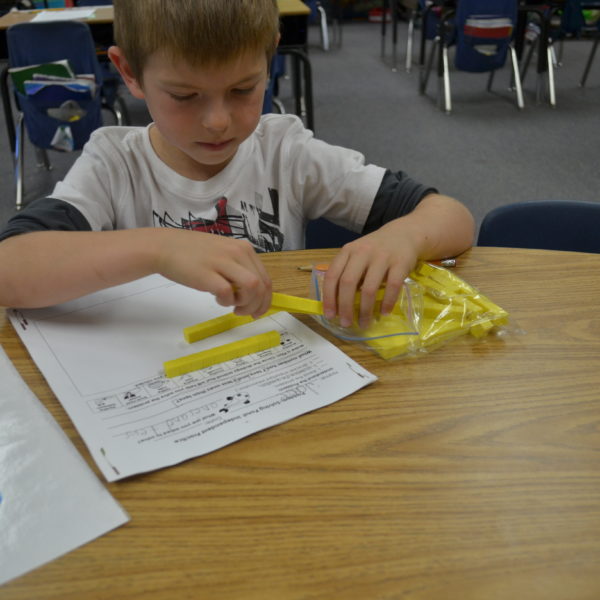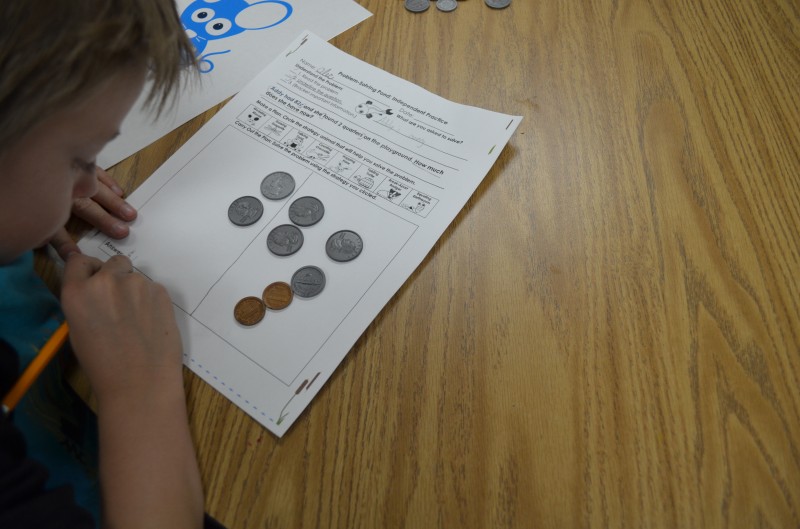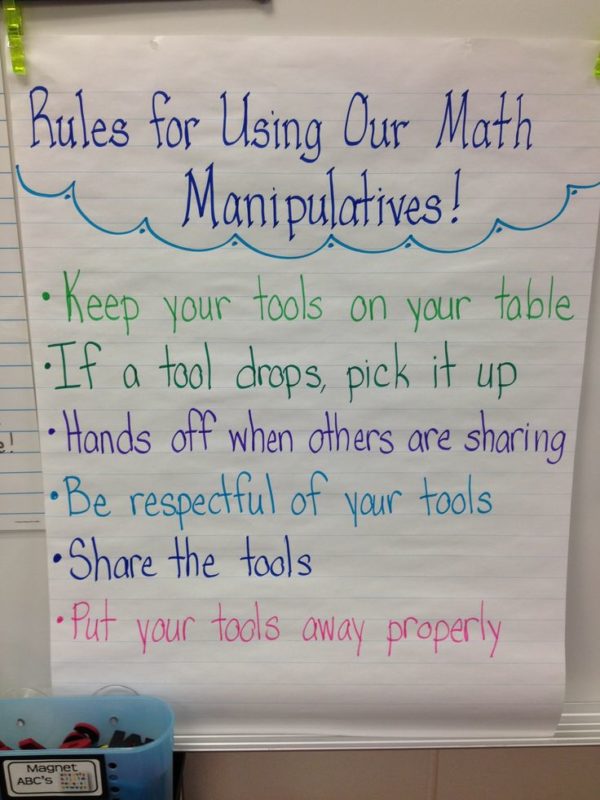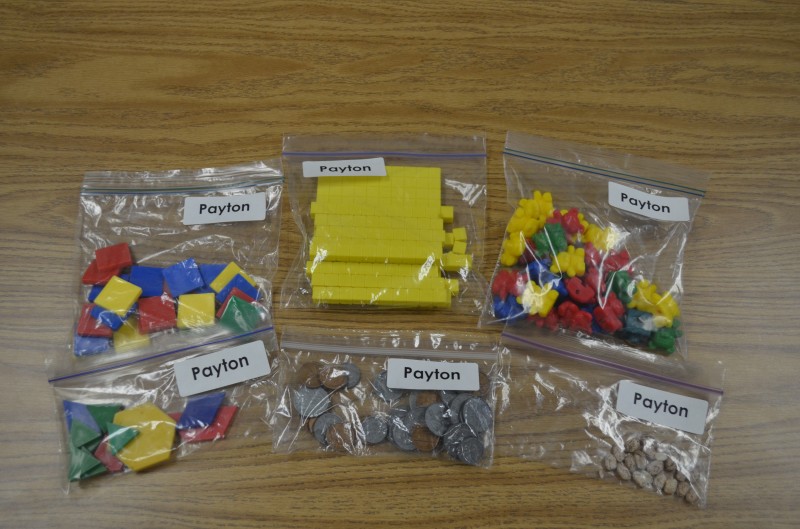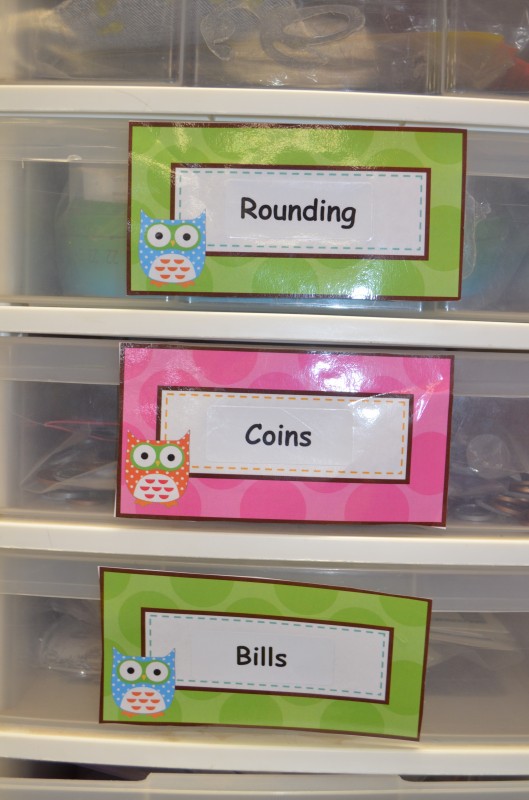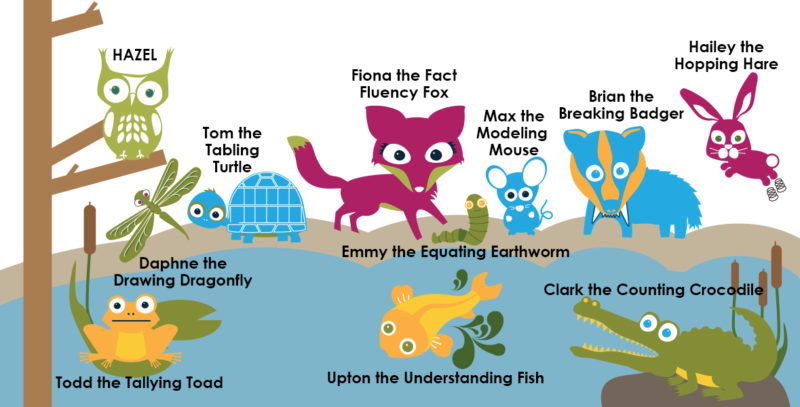Greetings I’m Max the Modeling Mouse.
I solve problems by using things from my house.
Beans, cubes and counters are useful math gear;
Use them to model the problem so it’s clear.
Max Modeling Mouse is the first strategy animal in our Problem-Solving Pond: A Common Core Math Strategy Unit. The Problem-Solving Pond was created to help teachers overcome Common Core math challenges and employ problem-solving strategies with confidence and fidelity. Read more about Max’s strategy below or download the complete unit here.
WHAT is modeling?: Students use manipulatives, counters or drawings to model, or represent the mathematics of the story problem.
WHY is modeling important?: By making a visual representation, students are able to see the situation presented in the problem. Modeling is critical to student understanding as it allows students to see, feel and process math in a concrete way.
HOW do I teach modeling?: Select appropriate manipulatives (beans, cubes, coins, place value rods) and make a visual model of story problem. Write equation below the model to solidify understanding.
WHEN should I use modeling?:
This strategy is ideal for presenting a new mathematical operation. Most teachers use this strategy with K-2 mathematicians, but this is also beneficial for older students as it works especially well with money, fractions, ratios and percentages. Modeling is a great way to double-check solutions because the visual representation increases understanding of the problem.
Helpful hints:
- Create rules and expectations. Before introducing manipulatives, establish rules and expectations for use. Explain the mathematicial purpose of them as well as how and when to use them. Practice essential routines such as getting out manipulatives, freezing at teacher’s signal (with hands-off manipulatives) and cleaning up quickly and quietly.
- Prepare manipulative bags. Count out specific manipulatives and store in individual Ziploc bags or small Tupperware containers so they are ready to use at any time. These individual units can be stored in student desks or in a large container.
- Store manipulatives in a common area. Purchase an inexpensive storage container with shelves and house manipulatives here. Label each shelf and include a picture or glue on an example for student reference.
- Allow time for student exploration and play. Before students use the manipulatives as mathematicians, provide time for exploration and play. This will help students stay focused and use them correctly during math time.
Check out our other Problem-Solving Pond strategy animals coming soon:
–Drawing Dragonfly
–Tallying Toad
–Counting Crocodile
–Hopping Hare
–Tabling Turtle
–Break-Apart Badger
–Equating Earthworm
–Fact Fluency Fox


